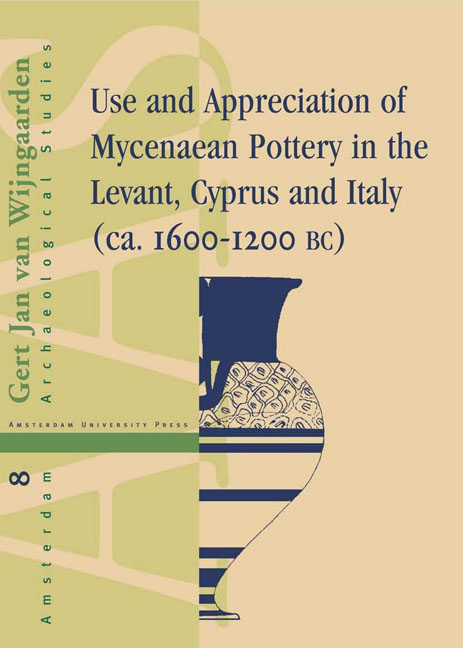7 - Tell Deir ‘Alla
Published online by Cambridge University Press: 10 February 2021
Summary
INTRODUCTION
Deir ‘Alla is the name of an artificial hill in the central Jordan valley, about 45 km north-west of Amman and 60 km north-east of Jerusalem. The tell is situated some 5 km east of the present day course of the Jordan river. The site is being excavated by joint Dutch and Jordanian teams since 1960. The oldest finds at Deir ‘Alla date from the Chalcolitic period, but the first true settlement at the site, belongs to the Middle Bronze Age, of which two phases have been discovered. Since that period, the site appears to have been settled more or less continuously until its abandonment shortly before the Hellenistic age.
The discovery of Late Bronze Age remains at the south-western foot of the tell, as well as in the eastern and north-western parts, indicates that the whole site was settled during this period. On the northern slope (Fig. 7.1), eight phases of the Late Bronze Age have been discovered, labelled A to H. The most extensive remains, those of phase E, were destroyed by an earthquake and subsequent fires sometime in the 12th century BC. The remains of stratum E on the northern slope, consist of structures grouped around a temple, the so-called cella (Fig. 7.2). Soundings in the cella determined that it had been rebuilt five times, with the first phase belonging to the 16th century BC. Adjacent to the cella, in the west, two rooms (nos. 7 and 8) were excavated, which have been interpreted as storerooms on the basis of their inventories. Directly north and west of these rooms a number of spaces (nos. 9-14) of unknown purpose were discovered. East of the cella was a courtyard, on the other side of which there was a building (rooms nos. 4-6), which has been interpreted as a treasury. Further east, another building was situated, of which three rooms could partly be recovered (nos. 1-3). On the basis of their inventories, these rooms have been interpreted as a shrine, a kitchen and a storeroom or pantry respectively.
The part of Transjordan in which Deir ‘Alla is situated can be identified as ancient Gilead, a producer of agricultural products such as fruits and cattle, as well as oils and resin.
- Type
- Chapter
- Information
- Use and Appreciation of Mycenaean Potteryin the Levant, Cyprus and Italy (1600-120O BC), pp. 99 - 108Publisher: Amsterdam University PressPrint publication year: 2002



